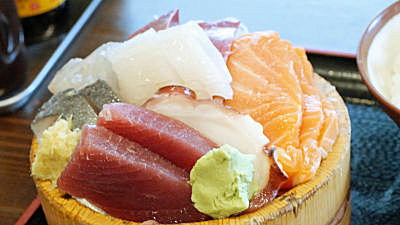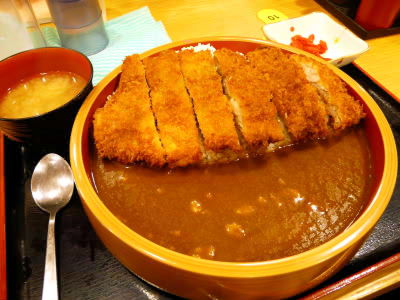Japan's oldest elevator travels back in time to the Taisho era every time the bellows door opens and closes completely manually

The only restaurant building in my life by
[Introduction of elevator] Good old tradition Kyoto Tokasaikan
https://www.tohkasaikan.com/information/elevator.html
Along the Kamo River in Kyoto, I found the 'Tokasaikan Main Store' that stands out.
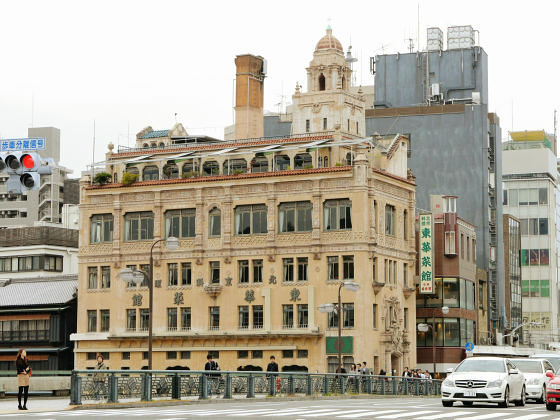
The location of 'Tokasaikan Main Store' is at the foot of Shijo Ohashi along the Kamo River. In Kyoto, where many Japanese historical buildings remain, the Tokasaikan Main Store, which retains the Western atmosphere, stands out a little.
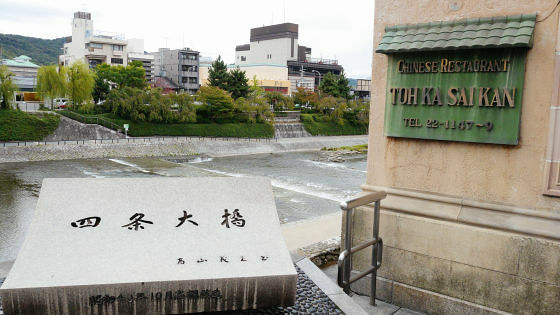
There is a tower on the roof of the Tokasaikan, which is used as a machine room for elevators and houses elevators.
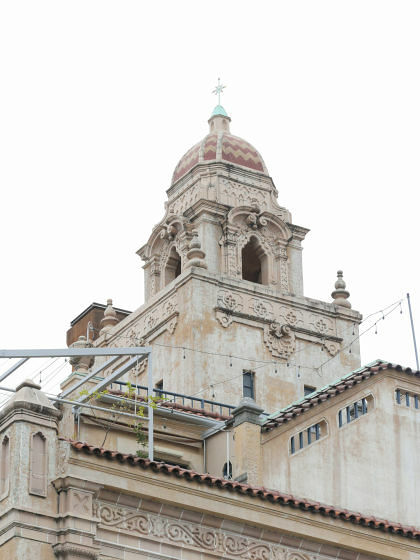
The façade at the entrance is full of the power of Western architecture, and it makes you wonder if this is Kyoto.
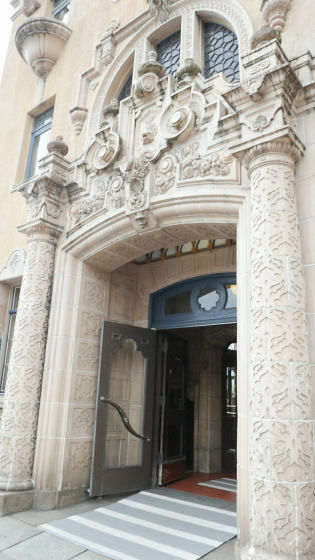
The decoration is based on ingredients such as seafood and mountain food, and has a flashy feel like Baroque architecture.
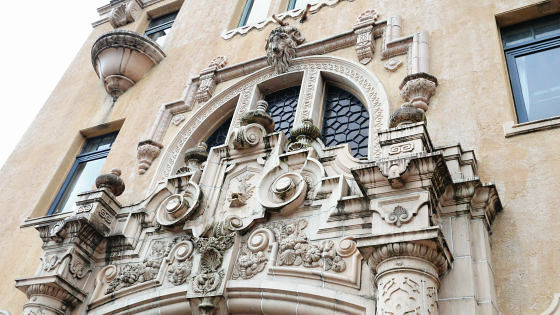
As soon as you enter the entrance store, you will meet the oldest elevator in Japan next to the door. The elevator is made by OTIS, which was manufactured and imported in the United States in 1924. It is a sliding door specification and the wooden door opens and closes with a rattling noise.
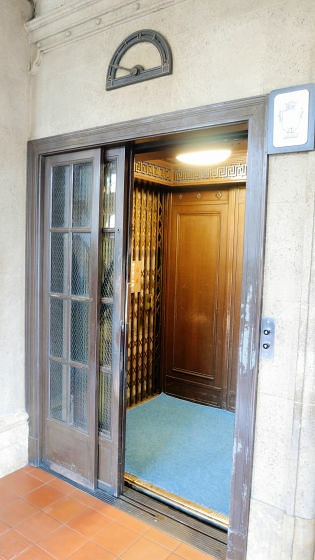
There is a clock-handed floor indicator above the elevator doors. The reason why the space between '2' and '3' is narrow, the space between '4' and '5' is wide, and the numbers are not arranged at equal intervals is that the height differs depending on the floor.
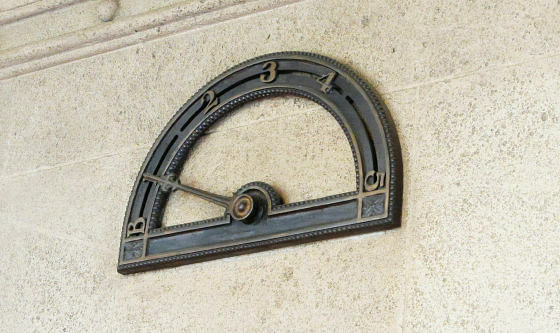
Looking inside from the position of the elevator door, it looks like this. The elevator is a double door in the L-shape, so the bellows on the left side of the image is one of the two doors.
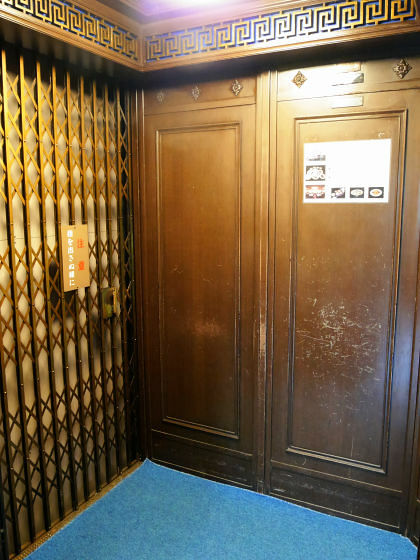
It says 'Caution, don't put your finger out', so don't put your finger out of the bellows with interest.
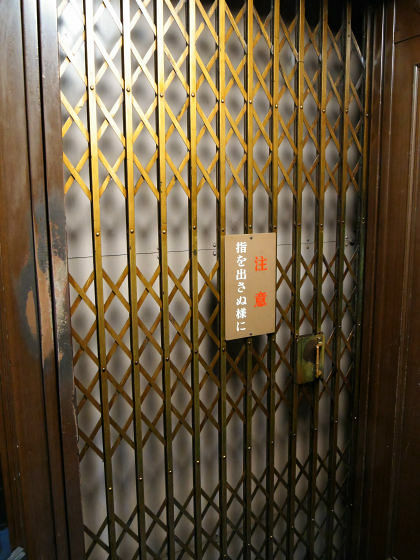
There was also a decoration inside the elevator.
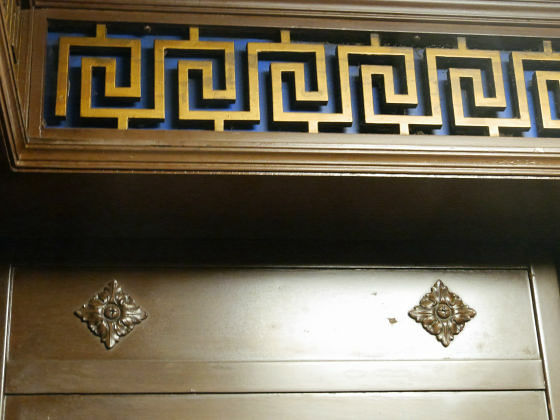
The staff at Tokasaikan will operate the elevator, and the staff will guide you in getting on and off. Of course, big movements such as jumping in the elevator are prohibited.
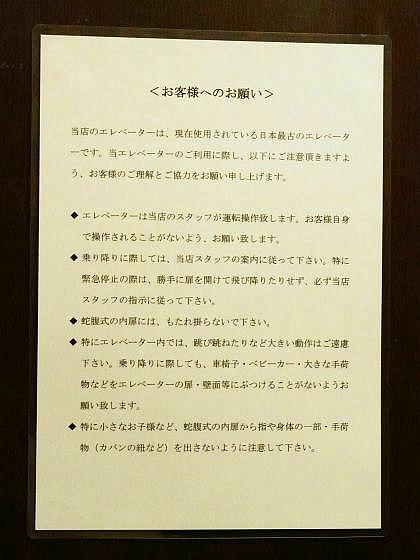
I saw the door from inside the elevator. The door has a two-layer structure in which a sliding door specification outer door and a lattice-shaped bellows type inner door overlap.

When you get into the elevator, the staff manually operates the elevator. The rattling noise of the door closing and the mechanical noise of bouncing up and down are retro.
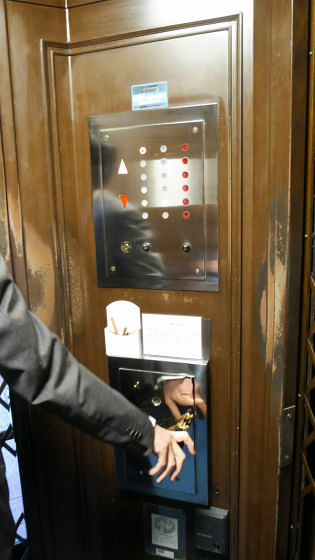
The elevator guided us to the second floor. Not only the elevator but also the interior has a retro atmosphere.
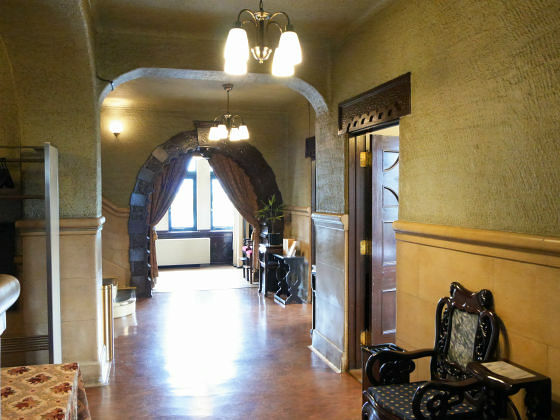
This is the restaurant floor with round tables and tables. The chairs, tables and wall decorations are entertaining just by looking at them.
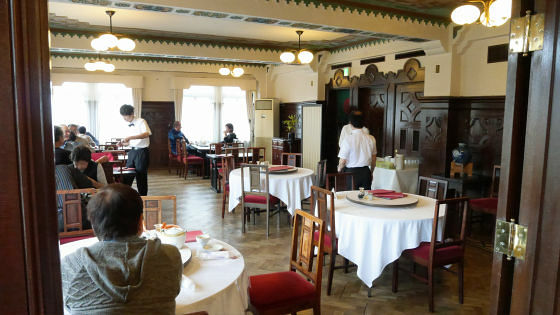
The seat I was guided to was a round table.
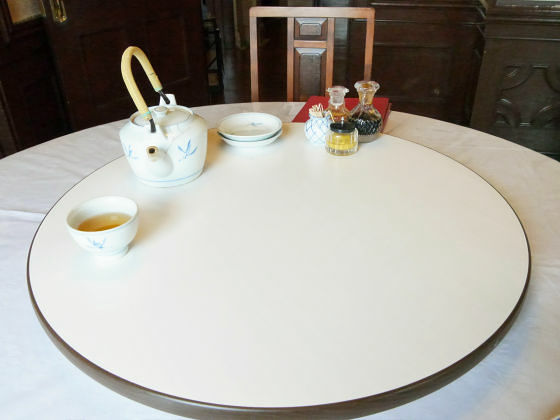
The menu is 1500 yen for eight treasures and 1200 yen for mapo tofu, and I ordered the five-color fried rice, which is relatively cheap among the menus.
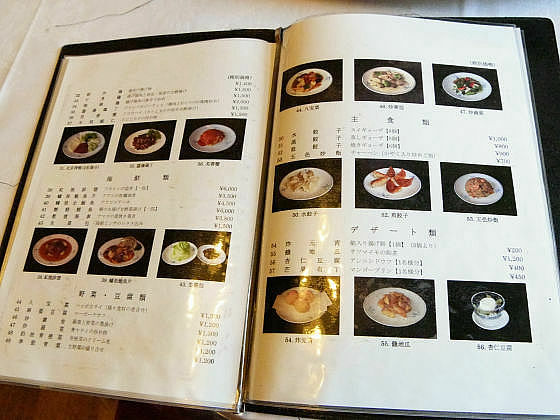
Before the five-color fried rice was brought to the table, we visited the elevator again. The elevator was not on the 2nd floor but down to the 1st floor, so the door was closed.
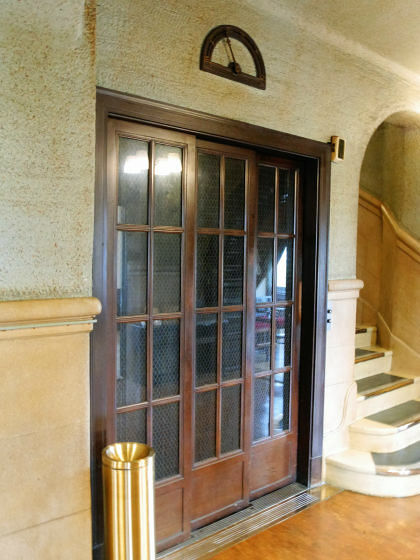
This is the elevator call button. Press '↑' to go up and '↓' to go down, but even if you call it, it will not be automatic.
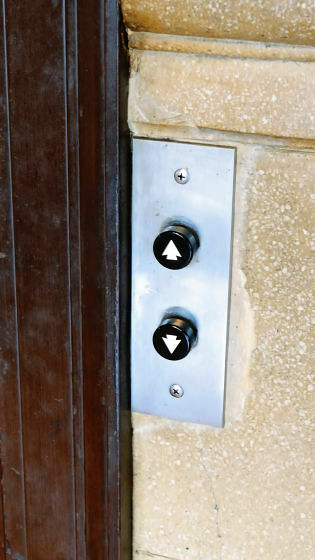
When you press the button, a ringing tone will be heard on the floor where the elevator is stopped, and the staff will operate and pick you up. In addition, all operations are performed by the staff, so it is NG to push by yourself.
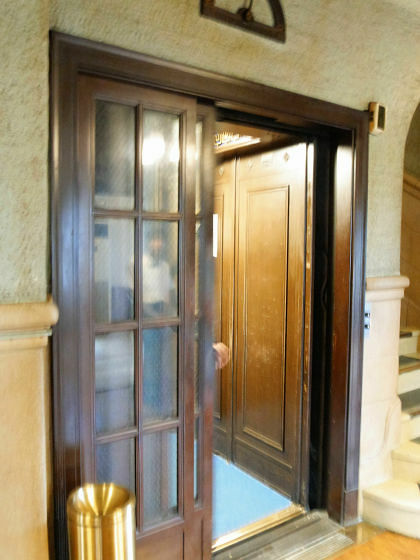
When I told the staff at Tokasaikan that I wanted to take a closer look inside, they were happy to accept it. On the right side of the door are lined up like glowing buttons, with a handle underneath.
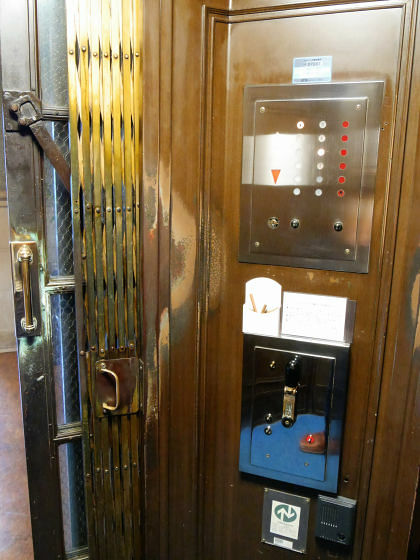
This device shines to let you know on which floor the call button was pressed. For example, if '↓' is pressed on the 3rd floor, '3' and the red circular light on the right side will illuminate to let you know.
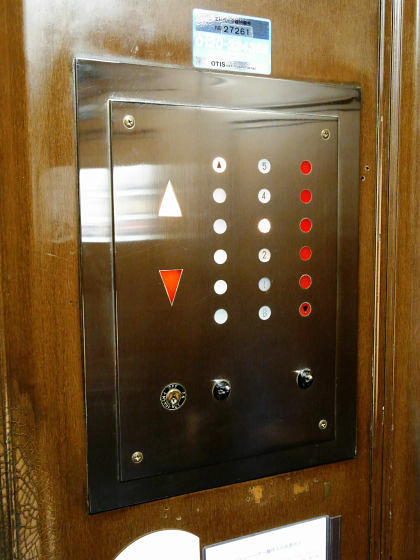
The handle is used when operating the elevator.
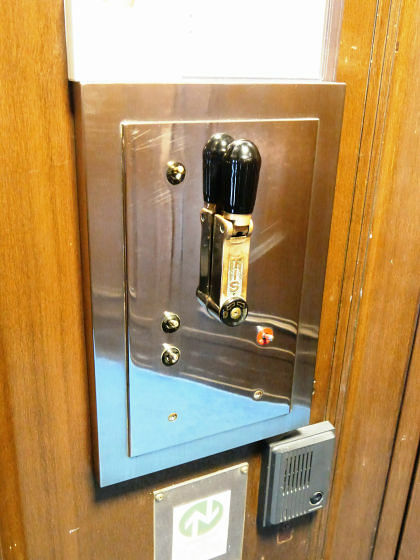
Tilt the handle to the left to move it down, and to the right to move it up and down. If you set it to the center, the elevator will stop. What surprised me was that the timing of the stop depends on the eyes and sensation of the person who operates it completely. It is impossible for an amateur to raise and lower the elevator and stop the steering wheel in the middle when the floor and the floor of the elevator seem to fit perfectly.
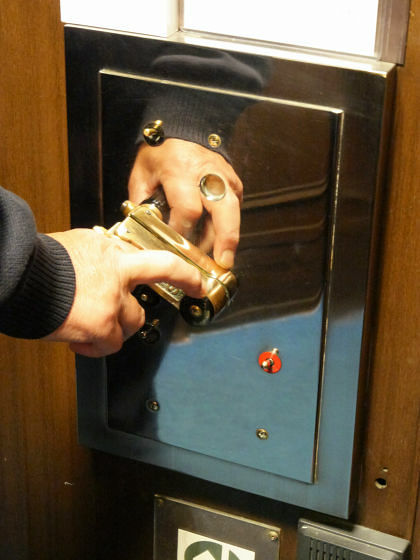
When I returned to my seat after the elevator tour, the five-color fried rice was delivered at just the right time.
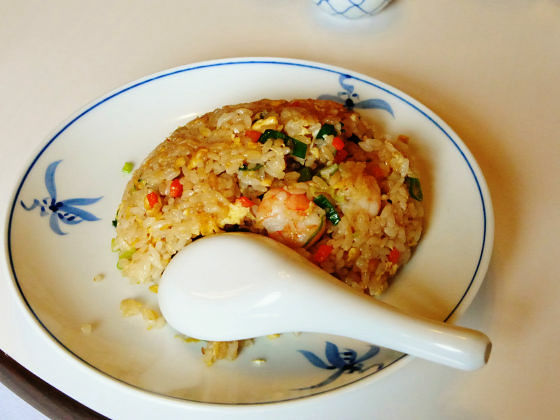
The fried rice contains big shrimp.
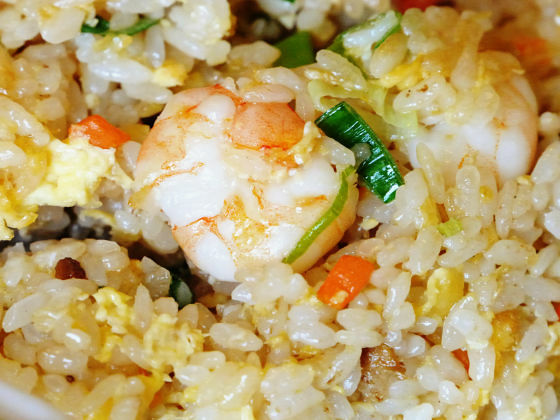
The rice is fried and the soy sauce taste is a little lighter. The shrimp is pre-prepared and contains char siu, and the oil is not too tight, so you can eat it crisply.
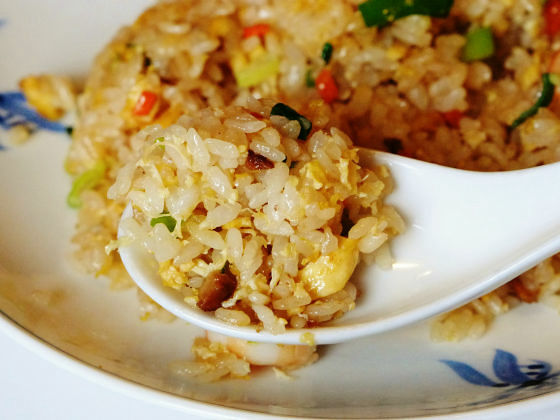
After eating, we will explore the second floor.
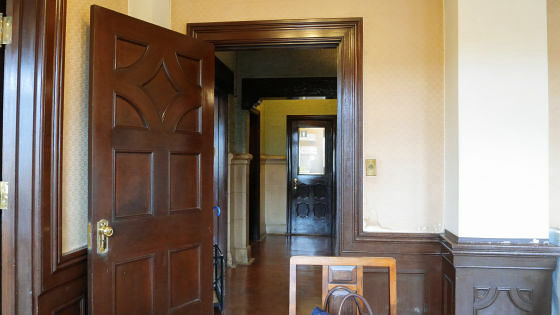
Just outside the restaurant floor was a smoking area with luxurious chairs.
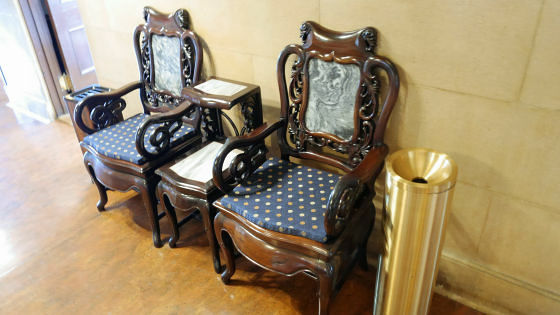
Click here for restrooms. The font 'restroom' makes you feel the history.
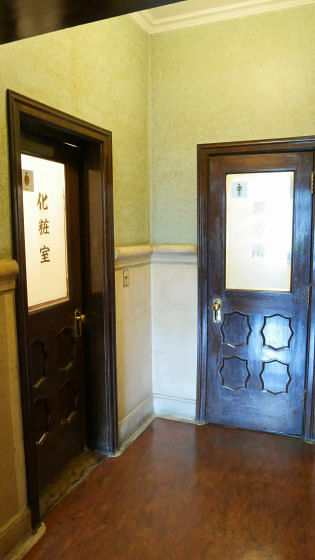
Luxurious waiting room.
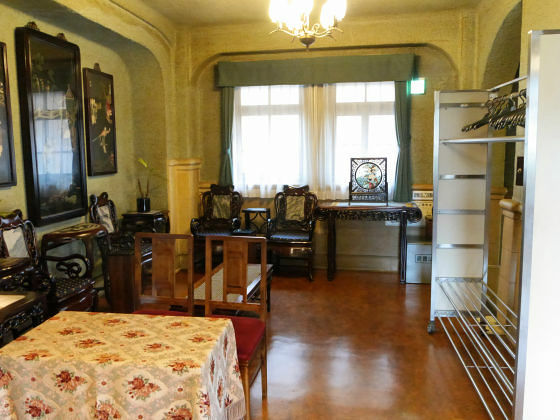
Stairs connecting the floors.
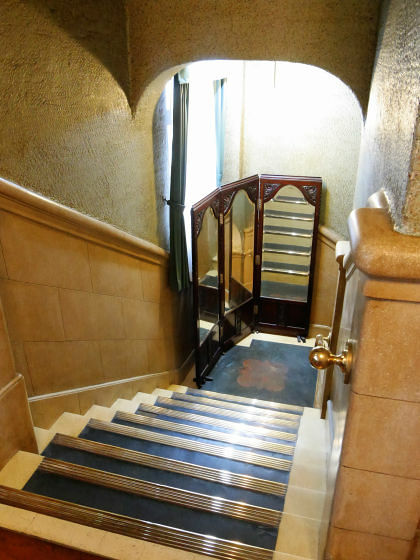
You can overlook the Kamo River from the restaurant floor on the 2nd floor. The oldest elevator in Japan at the Tokasaikan Main Store not only looks at you, but also gives you a taste of the atmosphere of the Taisho era from the sound of its operation. Also, not only the elevator but also the decoration and furniture of the building are a must-see, so it is recommended to visit for sightseeing.
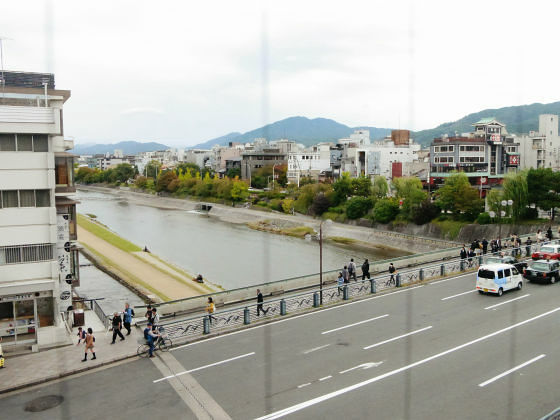
Related Posts:



